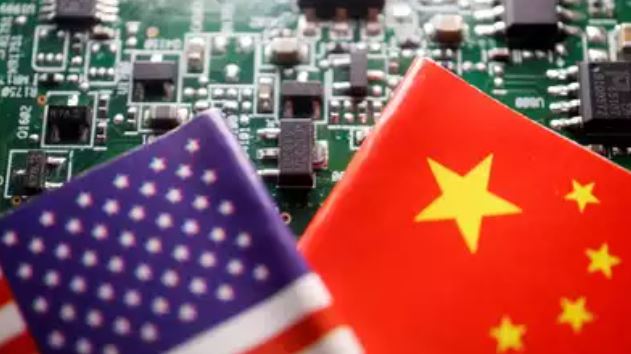The Biden administration is set to strengthen the far-reaching measures introduced last October, aimed at limiting China’s access to advanced semiconductors and chipmaking equipment. The objective is to hinder China’s development of cutting-edge technology that could potentially provide a military advantage, and these new rules seek to refine and close the loopholes present in last year’s restrictions.
The forthcoming measures will include adding Chinese chip design companies to a trade restriction list, which will require overseas manufacturers to obtain a US license to fulfill orders from these firms. Additionally, there will be increased controls on the sale of advanced chipmaking equipment and graphics chips to Chinese companies.
Several US technology companies, ranging from Nvidia Corp. to Applied Materials Inc., have experienced significant financial losses due to the initial restrictions implemented last year. Investors have expressed concerns that further escalation in the trade tensions could continue to impact the revenue of these US companies, given China’s status as the largest market for semiconductors, personal computers, and smartphones.
The administration is also planning to impose tighter scrutiny on Chinese firms attempting to circumvent restrictions by rerouting shipments and manufacturing through alternative channels. The updated rules will maintain restrictions on the shipment of specific chips to Chinese companies’ overseas subsidiaries and affiliates, and they will introduce licensing requirements for exporting prohibited technologies to countries that might serve as intermediaries.
These revised restrictions are expected to be published early in the week. While these measures are significant, their impact on the US-China technological competition continues to be a contentious issue. Last year’s restrictions marked a bold move by the US to curb China’s technological advancement, particularly in the realm of advanced chips with potential military applications. China, in response, has accelerated its efforts to bolster its domestic capabilities, further intensifying the global technological rivalry.

